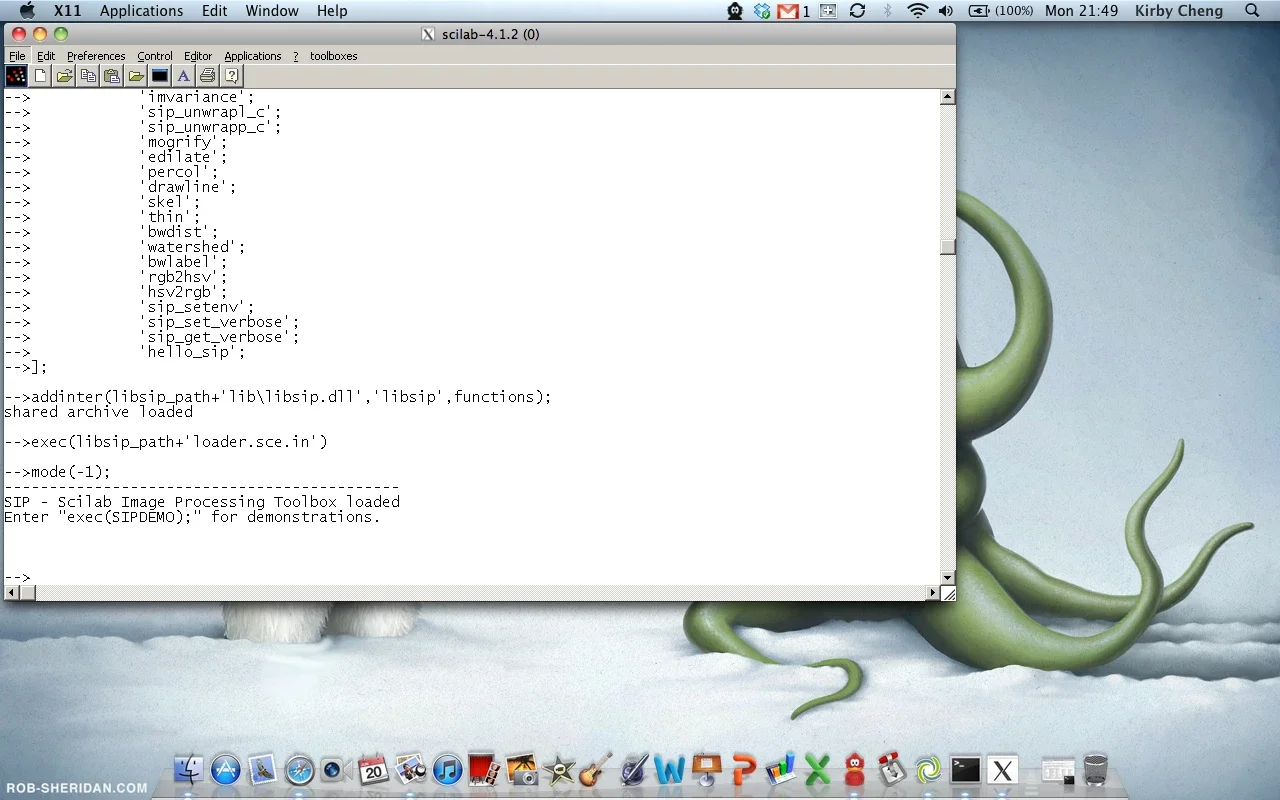Scilab App Introduction
Introduction to Scilab
Scilab is a high - level programming language that is specifically designed for numerical computation. It provides a wide range of capabilities that enable users to perform complex mathematical operations with ease. This language is not just limited to basic arithmetic but extends to more advanced areas such as linear, non - linear, and differential equation systems. It also encompasses operations like derivation, integration, and interpolation, as well as linear, non - linear, and quadratic optimization. Additionally, Scilab offers the ability to create 2D and 3D graphics and animations, work with matrices, and much more.
The Significance of Numerical Computation in Scilab
Numerical computation is at the heart of Scilab. In today's world, where data - driven decisions are crucial, the ability to accurately and efficiently perform numerical calculations is of utmost importance. Scilab allows scientists, engineers, and researchers to handle large amounts of numerical data and perform complex calculations on them. For example, in engineering, it can be used to analyze the stress and strain on structures by solving differential equations. In the field of finance, it can be used to calculate risk models based on numerical data.
Scilab's Syntax and Commands
When working with Scilab, understanding its syntax and main commands is essential. The syntax of Scilab is designed to be intuitive and easy to learn for those with a background in mathematics and programming. For instance, the way variables are declared and used follows a logical pattern. The commands in Scilab are also very powerful. There are commands for performing various mathematical operations such as matrix multiplications, solving equations, and creating graphical representations. However, it does take some time and practice to become proficient in using these commands effectively.
Applications of Scilab in Different Fields
Scilab has a wide range of applications across different fields. In the scientific research community, it is used for data analysis and simulation. For example, in physics research, it can be used to simulate the behavior of particles in a magnetic field. In the field of medicine, it can be used to analyze medical images and perform statistical analysis on patient data. In the automotive industry, Scilab can be used to design and optimize engine performance by performing numerical simulations of engine operations.
Scilab vs. Other Programming Languages
When compared to other programming languages, Scilab has its own unique features. For example, compared to Python, which is also a popular programming language for data analysis and numerical computation, Scilab has a more specialized focus on numerical operations. While Python has a broader range of applications including web development and artificial intelligence, Scilab is more tailored towards pure numerical computation. Another comparison can be made with MATLAB. Although MATLAB is a well - known and widely used programming language for numerical computation, Scilab offers a free and open - source alternative with similar capabilities in many areas.
Conclusion
In conclusion, Scilab is a very powerful programming language for numerical computation. It offers a wide range of features and capabilities that are useful in various fields. Whether you are a scientist, an engineer, or a researcher, Scilab can be a valuable tool in your work. By understanding its syntax, commands, and applications, you can make the most of this high - level programming language.
